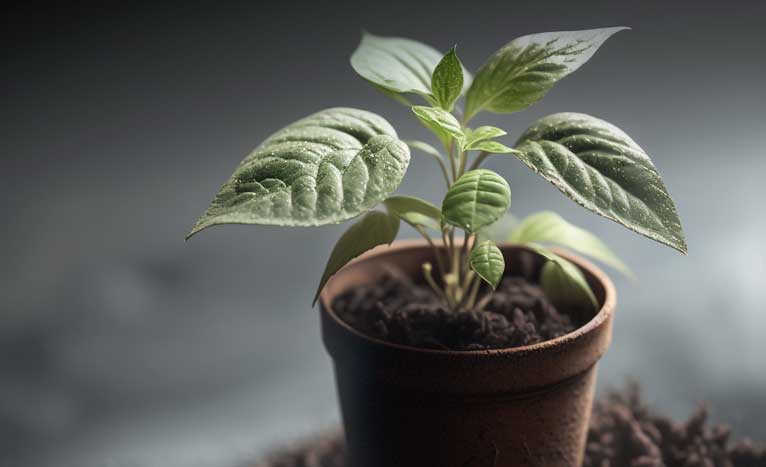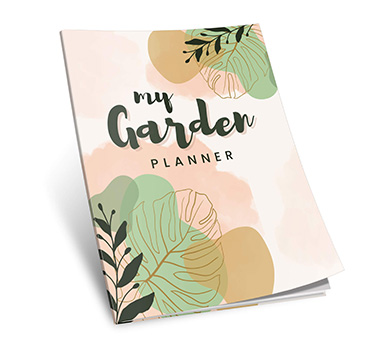If you're a gardener, you know how important it is to have healthy seedlings. Starting from seeds is a great way to save money and ensure that you are growing the exact plants you want. However, transplanting can be tricky, and many gardeners struggle with timing and techniques. In this article, we'll cover everything you need to know about when to pot up seedlings for successful transplanting.
Why Start seeds indoors?
Starting seeds indoors will depend on your growing season. Some plants, like tomatoes, will not survive a frost and have to be planted outside after the last frost. However, if you have a short growing season, if you start tomato seeds outdoors, you may never get tomatoes before the first frost rolls in. Seed starting is necessary for a lot of gardeners, including me, to get a bountiful harvest. Seed starting also allows you to add more variety into your garden than just what the local greenhouse has to offer.
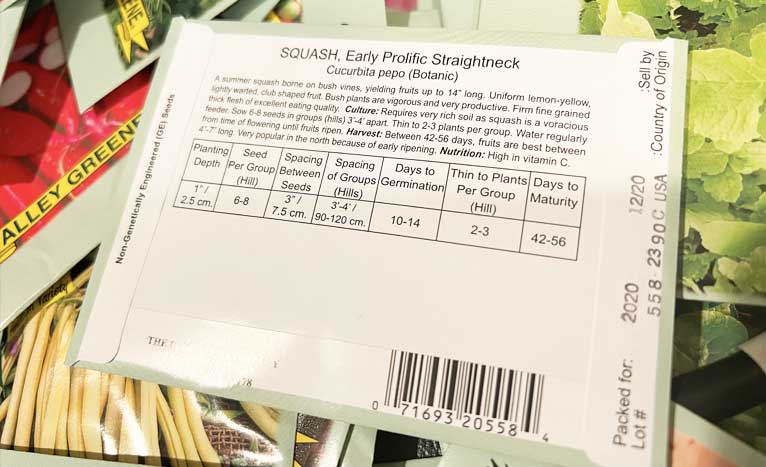
I was so happy to start my seeds down in the basement because it helped me recognize after a long winter that spring and summer are indeed around the corner! Once you become proficient at reading the back of seed packets, you can dive into seed starting indoors. The backs of seed packets will generally give you the sun conditions the plant prefers (full sun, partial sun, etc.,) the seed planting depth, harvest time, and when to sow your seed. From this information, you can calculate when to plant your seeds. I promise, if I can do it, so can you!
One of the most crucial elements of starting seeds indoors is potting up seedlings.
What does potting up mean?
Potting up is the process of transplanting seedlings from their initial seedling trays or pots into larger containers. This provides them with more space and nutrients to grow, ultimately resulting in healthier and stronger plants.
It's like giving the plant a bigger home so that it has more space to grow and stretch its roots. Think of it like upgrading from a tiny studio apartment to a spacious penthouse with a view. You get more room to spread out, and you can breathe a little easier. Same goes for plants - they need room to grow big and strong!
So, if you have a plant that's outgrown its current pot, it's time to "pot up" and give it a new home. Just make sure to choose a pot that's big enough for your plant, fill it with fresh soil, and water it well. Your plant will thank you for its new digs!
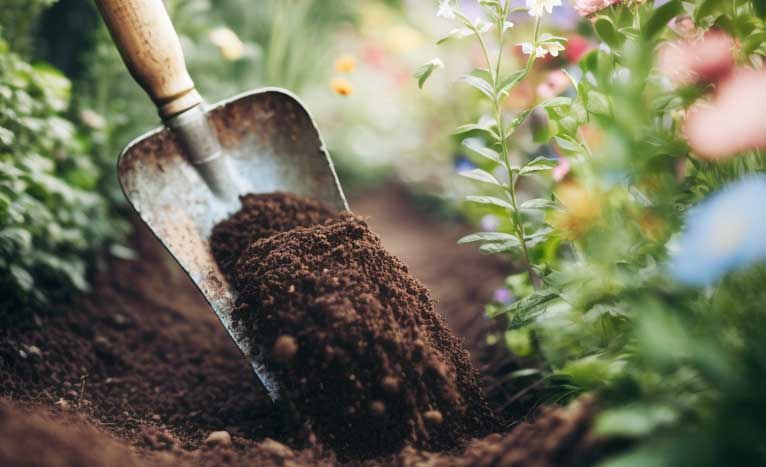
Why is it important to pot up seedlings?
When a seed starts to grow, its roots need room to stretch out and explore. Kinda like how you need to stretch your legs after sitting in a car for a long time.
If the seedling stays in a small pot, its roots can get cramped and tangled, which can make it hard for the plant to get the nutrients and water it needs. It's like trying to drink from a straw that's too small - not very fun!
By potting up, you're giving the seedling more space to spread its roots and grow big and strong. Plus, a bigger pot means more soil, which means more nutrients and water for your little plant friend. It's like upgrading to a fancier buffet with more options - the more choices, the better!
Potting up is like giving your seedlings the VIP treatment they deserve. Just make sure to choose a pot that's big enough for your plant, fill it with fresh soil, and water it well.
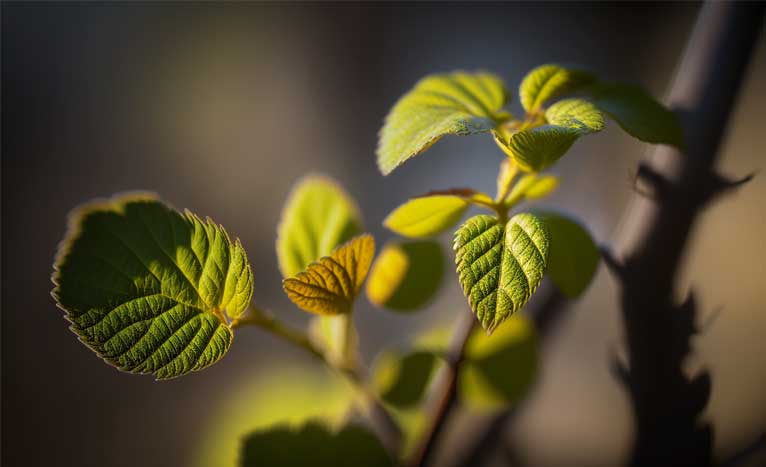
When should you pot up seedlings?
The timing for potting up seedlings can vary depending on the type of plant and growing conditions. As a general rule, seedlings should be potted up when they have developed their first set of true leaves and are big enough to handle. This typically occurs around 2-4 weeks after germination, but can vary depending on the plant species.
Generally, you should pot up your seedlings when they start to outgrow their current pot. You'll notice this if the roots start poking out of the bottom of the pot or if the plant looks like it's getting cramped.
But here's a tip: it's better to pot up a little earlier than a little later. If you wait too long, the roots can get really tangled and stressed out, which can hurt the plant's growth. It's like waiting until the last minute to go to the bathroom - not a good idea!
So keep an eye on your seedlings and pot them up when they start to look like they need more room. They'll thank you by growing big and strong!

How do you pot up seedlings?
Here are the steps to potting up seedlings:
- Choose a pot that's bigger than the one your seedling is currently in. You want to give your plant room to grow, but not too much room - kind of like buying shoes that are a little big so your feet have room to grow.
- Fill the new pot with fresh potting soil. You want to give your seedling plenty of nutrients to help it grow big and strong. It's like ordering a pizza with extra toppings - the more, the better!
- Gently remove the seedling from its old pot. You want to be careful not to damage the roots, kind of like taking off a Band-Aid - slow and steady wins the race!
- Place the seedling in the new pot and fill in any gaps with soil. Make sure the plant is standing up straight and the soil is evenly distributed. Think of it like tucking your plant into bed - you want it to be cozy and comfortable!
- Water your newly potted seedling. Give it a good drink of water to help it settle into its new home. It's like giving your plant a high-five for doing such a great job!
And that's it! Now sit back and watch your seedling grow big and strong in its new home.
What are some tips for successful potting up?
- Use containers that are slightly larger than the seedling's current container, to provide room for growth without overwhelming the plant.
- Water the seedlings before potting up, to help minimize transplant shock.
- Avoid handling seedlings by their stems, as this can damage them. Instead, handle them by their leaves or gently use a tool to lift the
- Avoid burying the stem too deeply when potting up, as this can lead to stem rot.
- Provide ample light and warmth to encourage healthy growth after transplanting.
What are some common mistakes to avoid when potting up seedlings
- Using soil that is too heavy or compacted can restrict root growth and lead to poor drainage
- Potting up too early can stress the seedlings and result in stunted growth.
- Not providing enough water or nutrients after transplanting can cause the seedlings to wilt or become nutrient deficient.
- Overwatering after transplanting can lead to root rot and other issues.
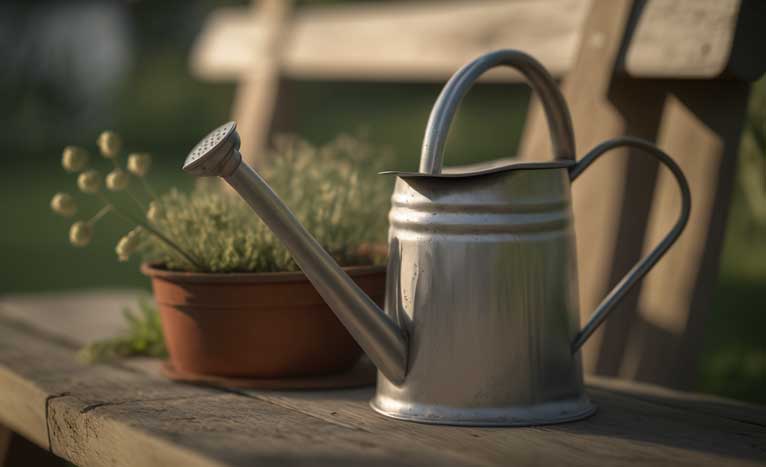
Supplies needed
Potting soil: You don't have to spend a lot of money on fancy potting mix. You can make your own by mixing sifted compost and garden soil with sand or clay if needed. To make sure your soil is the right consistency, squeeze a handful of it - it should stick together slightly, but not be too hard or too loose. If you feel like purchasing your own soil, I recommend Organic Potting Mix by Perfect Plants
Bucket or large bowl: Keep your soil nearby in a bucket or bowl so you can easily scoop it up with the pot you'll be using.
Labeling stick and marking pen: Use a waterproof labeling stick and a marker to label your pots with the name of the plant.
Potting containers: You'll need pots with drainage holes in various sizes, depending on the size of your seedlings. We like using individual plastic pots in a tray because they promote strong root growth and are easy to transplant later on.
Small spoon or trowel: Use a small spoon, popsicle stick, butter knife, or tiny trowel to carefully remove the seedling from its original container.
Watering vessel: Use a pitcher, water bottle, or watering can to lightly water the plants after potting up.
My Garden Planner
And there you have it! Your seedlings will keep growing and thriving indoors until they're ready to be transplanted into your garden.
If you’re looking for a fun and organized way to plan your garden this year, look no further than my Garden Planner Printable!
With this handy tool, you can easily map out your garden layout, keep track of your plants, and even plan out your watering and fertilizing schedule.
Plus, it's printable, so you can easily customize and update it throughout the season. Whether you're a seasoned gardener or just starting out, my Garden Planner will help you achieve the garden of your dreams. So why wait? Start planning your garden today!
FAQs
Why is potting up seedlings necessary?
Potting up seedlings is necessary to provide them with more space for their roots to develop and continue growing without being cramped or root-bound.
When should I pot up my seedlings?
You should pot up your seedlings when the first true leaves emerge, the roots are starting to grow out of the bottom of the tray or are beginning to circle around the inside of the tray, or if you notice the plant's growth rate is fast.
What supplies do I need to pot up my seedlings?
You'll need larger containers, potting soil, and a trowel or spoon for scooping the soil.
How do I pot up my seedlings?
To pot up your seedlings, gently remove them from their original trays, plant them in a new container filled with potting soil, water them thoroughly, and provide them with adequate light.
Can I pot up my seedlings too early?
Yes, potting up your seedlings too early can cause them to become waterlogged or overfed, which can stunt their growth. It's important to wait until the seedlings have outgrown their original trays before potting them up.re...

